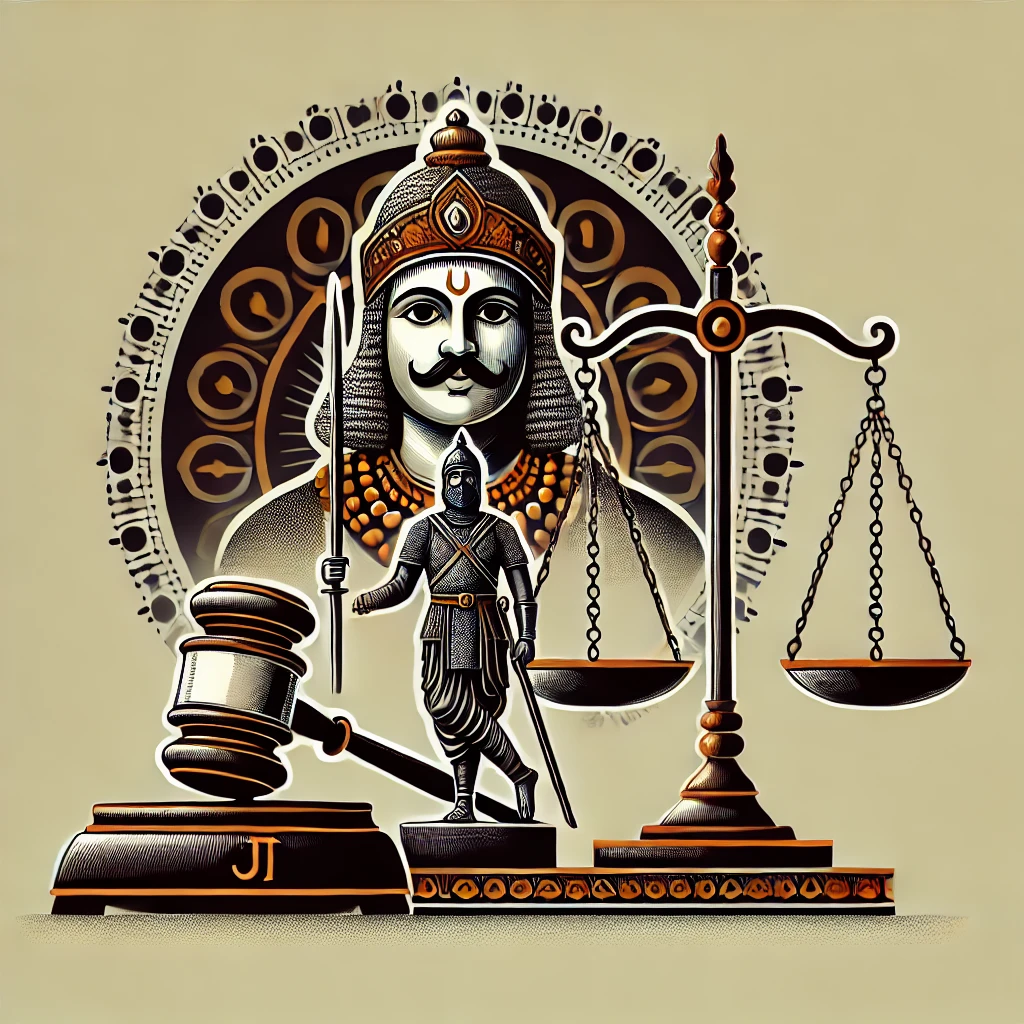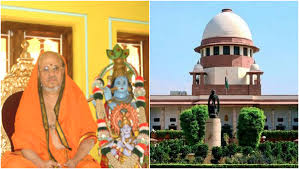In Re-Inhuman Conditions in 1382 Prisons [May 14, 2024]
🧾 Background of the Case
This case originated as a suo motu (on its own motion) Public Interest Litigation (PIL) filed by the Supreme Court of India. The Court took notice of the horrific and inhuman conditions prevailing in Indian prisons, especially in 1382 prisons across the country.
The matter was initially taken up in 2013 and continued over many years. On May 14, 2024, the Court delivered a landmark judgment aimed at overhauling the prison system and protecting the fundamental rights of prisoners, especially undertrial prisoners who had not been convicted but were held in custody for extended periods.
⚖️ Legal Foundation
The Supreme Court anchored its judgment on the fundamental rights guaranteed under the Indian Constitution, primarily:
Article 21: Right to Life and Personal Liberty – which includes the right to live with human dignity.
Article 14: Right to Equality – all prisoners, convicted or undertrial, should be treated equally under the law.
Article 39A: Directive Principle mandating free legal aid to ensure justice is not denied due to economic or other disabilities.
🧱 Key Problems Identified
The Court found the following major issues in the prison system:
Overcrowding: Many jails were holding 150–200% of their sanctioned capacity.
Poor Infrastructure: Broken toilets, no proper bedding, leaking roofs, no separate wards for vulnerable groups like women, children, and the sick.
Health Hazards: Lack of medical facilities, mental health care, and hygiene.
Undertrial Delays: A large number of undertrial prisoners were in jail for periods longer than the maximum sentence for their alleged crime.
Lack of Rehabilitation Programs: Minimal focus on reform, education, or skill development for prisoners.
🧑⚖️ Supreme Court’s Directives (May 14, 2024)
1. Prisoner Rights Are Human Rights
The Court reiterated that prisoners, including undertrials, retain their fundamental rights. Being in prison does not mean a person loses the right to dignity or fair treatment.
2. Model Prison Manual 2016 Must Be Followed
Each State and Union Territory was directed to strictly implement the provisions of the Model Prison Manual 2016, which sets minimum standards for:
Food, clothing, and shelter
Healthcare
Legal aid
Safety of women and vulnerable inmates
Rehabilitation and education
3. Mandatory Reports from States
The Court ordered every State and Union Territory to submit a sworn affidavit (signed by the Chief Secretary) containing:
The number of prisoners and capacity of each jail
Infrastructure projects underway or planned
Timelines for decongestion
Steps taken for the welfare of undertrial prisoners
Implementation status of the Model Prison Manual
4. Use of New Criminal Law – Section 479, BNSS
The Court invoked Section 479 of the Bharatiya Nagarik Suraksha Sanhita (BNSS), 2023, which is the new criminal procedure law replacing CrPC.
This provision says that an undertrial who has spent half of the maximum possible sentence in jail should be released on bail.
The Court ordered retrospective application: This means the rule would apply even to those arrested before the new law came into force.
Undertrial Review Committees (URCs) in each district were directed to identify eligible undertrials for immediate release.
5. Formation of District-Level Committees (DLCs)
To ensure that jail reforms are monitored at the ground level, each district was instructed to form a District-Level Committee, comprising:
A District Judge
A senior police officer
A jail superintendent
A public health official
These DLCs are responsible for:
Assessing overcrowding
Recommending bail or parole for eligible prisoners
Ensuring humane living conditions
6. Special Focus on Women, Children, and Mentally Ill Prisoners
The Court emphasized the need for:
Separate accommodation for women prisoners and mothers with children
Mental health care for inmates with psychological issues
Special programs for skill training, education, and counselling
7. Medical and Emergency Measures
Prisons were directed to:
Establish in-house health centers
Arrange for regular medical check-ups
Have emergency plans for outbreaks or health crises
✅ Outcomes Expected
The Court hoped to achieve the following outcomes through its directions:
Decongestion of prisons through bail and parole for eligible inmates
Improved health, hygiene, and living conditions
Protection of the dignity and rights of prisoners
Accountability of State Governments and prison authorities
Regular monitoring to ensure ongoing reform
🧩 Broader Significance
This judgment is not just a step toward prison reform — it's a strong reminder that criminal justice is not only about punishment, but also about dignity, fairness, and rehabilitation.
It marks a shift in India's prison policy toward a more humane, constitutional, and reform-oriented approach, recognizing that even those behind bars deserve to be treated as human beings.






























0 comments